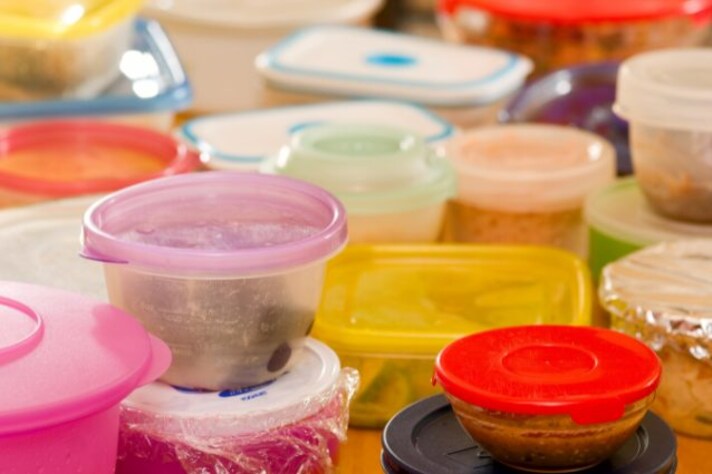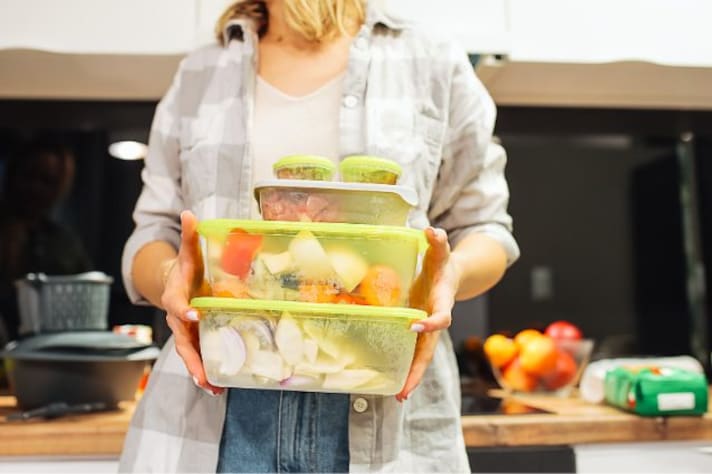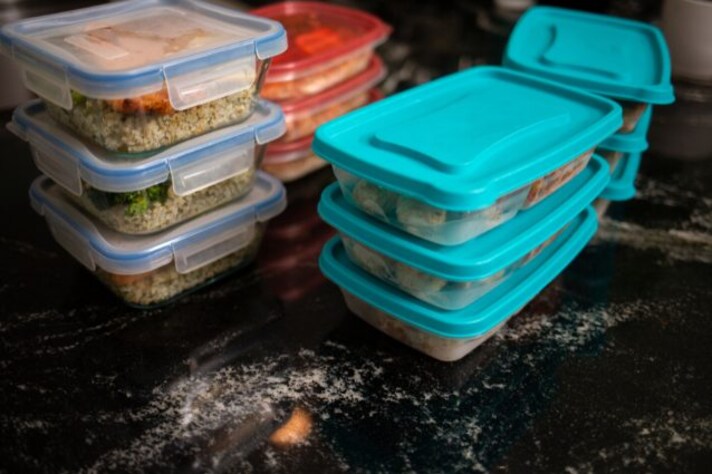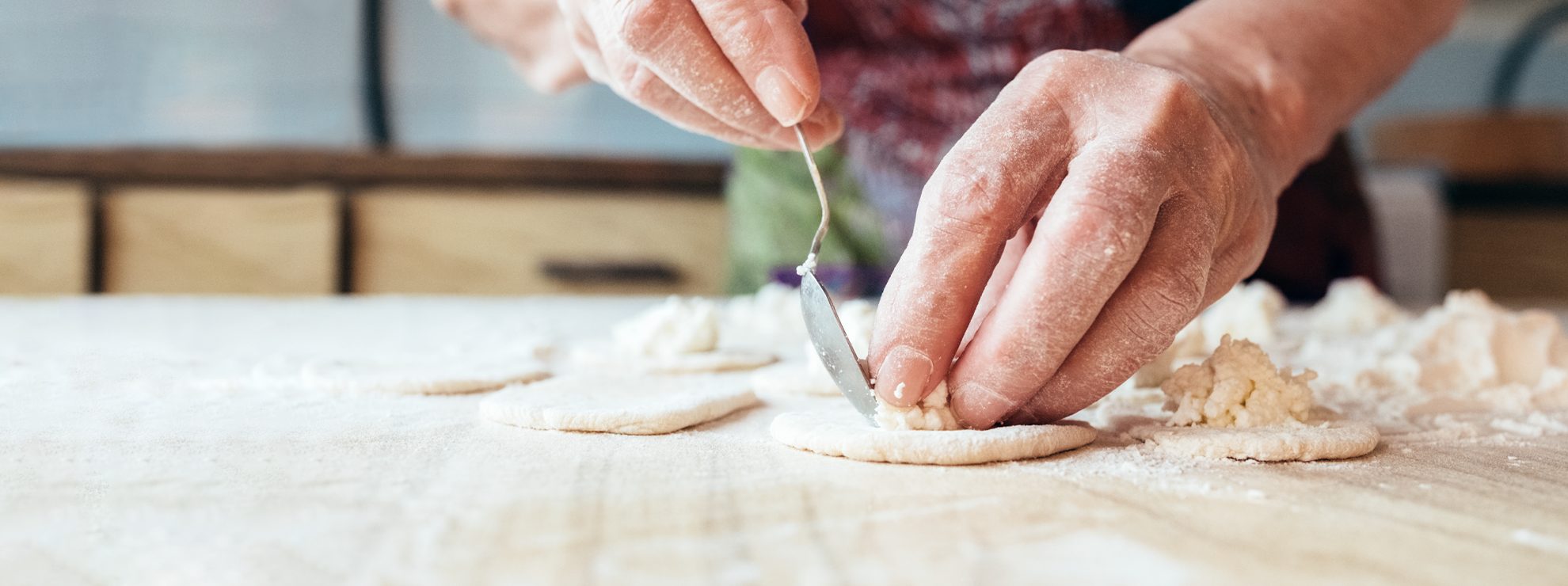
Plastic food containers—those sturdy, reliable workhorses of meal prep—seem almost indestructible. They survive microwave marathons, dishwasher deluges, and fridge exiles behind the leftovers you swore you’d eat. But the truth is, plastic isn’t immortal. No matter how well-loved (or well-washed), these containers have a shelf life, and holding on to them past their prime can do more harm than good.
If you’ve got a stack of mismatched lids and faded Tupperware from a decade ago, you might be wondering: Can you still use the same plastic containers after 20 years? The short answer? No. And here’s why.
Why Plastic Food Containers Aren’t Eternal
While glass and stainless steel food storage can last for decades with proper care, plastic is a different story. Over time, repeated exposure to heat, oils, and acidic foods breaks down the structural integrity of plastic. This means that, even if your container looks fine on the outside, it may be quietly degrading, leaching chemicals into your food, or developing microscopic cracks where bacteria love to hide.
Then there’s the issue of BPA and phthalates—chemicals found in certain plastics that can seep into food when the material starts to break down. While many modern containers are BPA-free, older ones (especially those from the ‘90s and early 2000s) may not be. If your plasticware has been around longer than some of your kitchen appliances, it’s time to consider a swap.

Experts, including food safety professionals and manufacturers, agree: Plastic food containers aren’t built to last forever. Most have a functional life of about 2 to 5 years, depending on use. So if you’re still hoarding containers from your college dorm days, it’s time to let them go.
The Six Signs It’s Time to Toss Your Plastic Containers
1. Warped, Cracked, or Melted? It’s Time to Part Ways
One of the most obvious signs that your plastic container is past its prime is visible damage. If it’s cracked, chipped, or warped from too many microwave sessions, it’s not just an eyesore—it’s a safety hazard. Cracks and dents harbor bacteria, and a warped container means the plastic has likely broken down, potentially releasing chemicals into your food. A misshapen lid that doesn’t fit right anymore? That’s your container waving goodbye.
2. That Lingering Odor That Just Won’t Quit
Ever pulled out a container and noticed it still smells like last week’s spaghetti sauce, even after a thorough scrubbing? That’s because plastic is porous—it absorbs food odors over time, especially if used for strong-smelling dishes like garlic-heavy pasta or spicy curries. If your container permanently smells like something you haven’t eaten in months, it’s a good indicator that the plastic has degraded and is no longer food-safe.

3. The Stain Game: When Red Sauce Wins Every Time
We’ve all seen it—plastic containers that have taken on an unnatural orange hue from too many run-ins with tomato sauce or turmeric-based dishes. Staining isn’t just cosmetic; it’s a sign that your container has absorbed food particles into its surface. Experts say that when plastic becomes discolored and no longer washes clean, it’s a clear indication that it’s breaking down and needs to be retired.
4. Scratched Up and Cloudy? Bacteria Thinks It’s a New Home
Plastic containers that have gone from clear to cloudy, scratched, or rough aren’t just ugly—they’re a breeding ground for bacteria. Fine scratches and grooves trap food particles and moisture, making them impossible to fully clean. According to food safety experts, scratched plastic can harbor harmful bacteria like E. coli and Salmonella, even if it looks clean. If your container is more scratched up than an old CD, it’s time to let it go.

5. It’s Older Than Your Smartphone (or Even Your Car)
If you can’t remember when you bought a container—or worse, if it’s a hand-me-down from a relative—chances are it’s too old to be food-safe. Most plastic containers have a recommended lifespan of a few years, depending on usage. If yours has survived multiple moves, job changes, or relationships, it might be time to say goodbye. Remember: plastic wasn’t designed to last forever.
6. The Microwave and Dishwasher Have Done Their Damage
Heat is plastic’s worst enemy. If your container has been microwaved, dishwashed, and reheated on repeat, its surface has likely started breaking down. Even BPA-free plastics can degrade over time, releasing microplastics or chemicals into your food. If your container feels rough, has started peeling, or seems weaker than before, it’s a sign that it’s no longer safe for long-term use.
;Resize,width=767;)
